Peter J. Halley, Graeme A. George0521807190, 9780521807197, 9780511540769
Table of contents :
Cover……Page 1
Half-title……Page 3
Title……Page 5
Copyright……Page 6
Contents……Page 7
Preface……Page 11
1.1 The physical structure of polymers……Page 13
1.1.1 Linear polymers as freely jointed chains……Page 14
Polymer chains in the melt……Page 16
1.1.2 Conformations of linear hydrocarbon polymers……Page 17
Asymmetric centres and tacticity……Page 19
1.1.3 Molar mass and molar-mass distribution……Page 20
Molar-mass distributions and averages……Page 21
1.1.4 Development of the solid state from the melt……Page 23
Polymer crystallinity……Page 25
Nucleation and growth of polymer crystallites……Page 27
The amorphous state and the glass transition Tg……Page 29
Factors controlling the glass-transition temperature, Tg……Page 33
The rubbery state……Page 34
1.2 Controlled molecular architecture……Page 35
1.2.1 Stepwise polymerization……Page 36
Polyesterification……Page 37
Self-catalysed polymerization……Page 39
Externally catalysed polymerization: molar-mass distribution……Page 40
Polyesterification via alcoholysis and ester exchange……Page 42
Other step-polymerization reactions important in reactive processing……Page 43
Step polymerization of cyclic monomers……Page 45
Epoxy-amine reactions……Page 46
Cyclization……Page 48
Random step copolymers: unsaturated polyesters……Page 50
Block copolymers……Page 52
Branching in step-growth polymerization……Page 53
Dendrimers and hyperbranched polymers……Page 55
Dendrimer step-growth synthesis……Page 58
Synthesis of hyperbranched polymers……Page 59
Phenolic resins……Page 60
Urea- and melamine- formaldehyde resins……Page 63
Epoxy resins cured with amines and other nucleophiles……Page 64
Kinetics of amine-epoxy cure: TGDDM/DDS……Page 69
1. Primary-amine reaction……Page 70
1.2.3 Addition polymerization……Page 71
Free-radical polymerization……Page 73
Kinetics of free-radical polymerization……Page 74
Polymer chain length……Page 77
The lifetime of the growing polymer chain: the Trommsdorff effect……Page 78
Reactions competing with propagation: inhibition and chain transfer……Page 79
Equilibria in free-radical polymerization……Page 80
Anionic polymerization……Page 81
Kinetics of anionic polymerization……Page 82
Anionic polymerization of carbonyl compounds……Page 83
Cationic polymerization……Page 84
Kinetics of cationic polymerization……Page 85
Mechanism of stereopolymerization……Page 87
Nylon-6……Page 89
Polydimethyl siloxanes……Page 90
Living polymerization – ionic and free-radical……Page 92
Nitroxide-mediated polymerization……Page 93
Atom-transfer radical polymerization (ATRP)……Page 95
Reversible addition-fragmentation chain transfer (RAFT)……Page 96
1.2.4 Obtaining different polymer architectures by addition polymerization……Page 97
Cyclization……Page 98
Copolymerization……Page 99
Copolymer sequence-length distributions……Page 101
Block copolymers……Page 103
Graft copolymers……Page 106
High-temperature grafting of polyolefins……Page 107
Macromolecular chain branching……Page 109
Hyperbranched polymers and dendrimers……Page 110
1.2.5 Networks from addition polymerization……Page 111
Difunctional crosslinkers……Page 112
Unsaturated polyester resins……Page 113
Kinetics and heterogeneity of free-radical-crosslinked networks……Page 114
Crosslinked polyethylene……Page 115
1.3 Polymer blends and composites……Page 117
Liquid-liquid, liquid-polymer and polymer-polymer miscibility……Page 118
Forces of interaction between polymer chain segments……Page 120
1.3.2 Phase-separation phenomena……Page 123
Experimental evidence for phase separation and miscibility……Page 124
Morphologies of phase-separated systems……Page 125
Phase separation during reactive processing……Page 127
Interfacial adhesion and compatibilization……Page 133
Block copolymers as compatibilizers……Page 134
The effect of mechanical shear on phase separation……Page 136
1.3.3 Interpenetrating networks……Page 138
1.4 Degradation and stabilization……Page 139
Radicals from mechanical chain scission……Page 140
Radical formation and depolymerization on thermal degradation……Page 143
Random thermal chain scission……Page 144
Other thermal reactions of linear polymers……Page 147
Random thermal crosslinking……Page 148
Thermal degradation of PVC……Page 150
Free-radical oxidation of polypropylene……Page 151
Secondary reactions and product formation……Page 153
Classical free-radical oxidation kinetics……Page 154
Polyethylene……Page 157
Aliphatic polyamides……Page 159
1.4.3 Control of free-radical reactions during processing……Page 161
Chain-breaking acceptor antioxidants (CB-A)……Page 162
Chain-breaking donor antioxidants (CB-D)……Page 164
Chain-breaking redox antioxidants……Page 165
Hydroperoxide decomposers……Page 166
Acid scavengers……Page 167
Free-radical generation……Page 168
Transition-Metal ions……Page 169
Hydrolytic chain scission of polyesters, polyamides and polycarbonates……Page 171
Degradation of heterogeneous polymer systems……Page 173
References……Page 174
2.2.1 Polymer physics and motion – early models……Page 181
Introduction to rheology……Page 182
Suspensions……Page 183
Polymer solutions……Page 184
Polymer melts……Page 186
2.3 Introduction to the physics of reactive polymers……Page 187
2.3.1 Network polymers……Page 188
2.3.2 Reactively modified polymers……Page 189
2.4 Physical transitions in curing systems……Page 191
2.4.1 Gelation and vitrification……Page 192
2.4.3 Time-temperature-transformation (TTT) diagrams……Page 193
2.5 Physicochemical models of reactive polymers……Page 198
2.5.1 Network models……Page 199
Othernetwork models……Page 202
2.5.2 Reactive polymer models……Page 203
References……Page 204
3.1 Monitoring physical and chemical changes during reactive processing……Page 207
3.2.1 An outline of DSC theory……Page 208
3.2.2 Isothermal DSC experiments for polymer chemorheology……Page 209
3.2.3 Modulated DSC experiments for chemorheology……Page 214
3.2.4 Scanning DSC experiments for chemorheology……Page 215
3.2.5 Process-control parameters from time-temperature superposition……Page 218
3.2.6 Kinetic models for network formation from DSC……Page 219
3.3.1 Information from spectroscopic methods……Page 220
Electron-spin resonance (ESR) spectroscopy……Page 221
Nuclear magnetic resonance (NMR) spectroscopy……Page 224
3.3.3 Vibrational spectroscopy overview – selection rules……Page 225
3.3.4 Fourier-transform infrared (FT-IR) and sampling methods: transmission, reflection, emission, excitation……Page 228
Transmission spectra……Page 229
Reflection spectra……Page 231
Emission spectra……Page 233
3.3.5 Mid-infrared (MIR) analysis of polymer reactions……Page 234
Addition polymerization……Page 235
Network polymerization……Page 236
Oxidation reactions……Page 243
Molar-mass changes by end-group analysis……Page 246
3.3.6 Near-infrared (NIR) analysis of polymer reactions……Page 247
Addition and condensation polymerization……Page 248
Network polymerization……Page 249
Addition and network polymerization……Page 252
3.3.8 UV-visible spectroscopy and fluorescence analysis of polymer reactions……Page 256
Monitoring polymerization by UV-visible absorption spectroscopy……Page 259
Monitoring polymerization and network formation by time-resolved and steady-state fluorescence……Page 261
Luminescence studies of degradation reactions……Page 266
3.3.9 Chemiluminescence and charge-recombination luminescence……Page 267
Monitoring network polymerization with CL……Page 268
Charge-recombination luminescence……Page 270
3.4.1 Principles of fibre-optics……Page 271
Remote visible and ultraviolet absorption and emission spectroscopy……Page 275
Remote NIR absorption and reflection spectroscopy……Page 279
Remote Raman spectroscopy……Page 281
3.5 Chemometrics and statistical analysis of spectral data……Page 283
3.5.1 Multivariate curve resolution……Page 284
Principal-component analysis (PCA)……Page 285
3.5.2 Multivariate calibration……Page 287
Pre-treatment of spectral data for quantitative analysis……Page 288
Principal-component regression (PCR)……Page 289
Partial least squares (PLS)……Page 291
3.5.3 Other curve-resolution and calibration methods……Page 292
3.6.1 Torsional braid analysis……Page 294
3.6.2 Mechanical properties……Page 295
3.6.3 Dielectric properties……Page 299
A brief introduction to rheology……Page 304
Steady-shear rheology……Page 305
Dynamic-shear rheology……Page 307
Transient shear……Page 310
Elongation rheology……Page 312
Rheological classifications……Page 313
Rheometers……Page 314
SAXS, XRD……Page 317
SANS……Page 319
PALS……Page 320
GPC……Page 321
AFM……Page 322
Spectroscopy–rheology……Page 323
References……Page 324
4.2.1 Fundamental chemorheology……Page 333
Linear viscoelastic behaviour……Page 334
Yield stress……Page 335
Wall slip……Page 337
The steady-viscosity-dynamic-shear-viscosity relationship……Page 338
4.3.1 Chemoviscosity……Page 339
4.4 Chemorheological techniques……Page 348
4.4.2 Chemoviscosity profiles – shear-rate effects………Page 350
4.4.3 Chemoviscosity profiles – cure effects,………Page 354
4.4.4 Filler effects on viscosity:………Page 355
4.4.6 Process parameters……Page 356
4.5 Gelation tests……Page 357
References……Page 359
Simple empirical models……Page 363
Arrhenius models……Page 365
Structural and molecular models……Page 366
Free-volume models……Page 367
Shear effects……Page 368
Rheology of non-reactive filled systems……Page 369
Filled epoxy-resin systems……Page 374
Reactive toughened systems……Page 376
Epoxy-hyperbranched-polymer systems……Page 380
5.3 Chemorheological models and process modelling……Page 382
References……Page 383
6.2.2 Quality-control tests and important process variables……Page 387
6.2.4 Chemorheological and process modelling……Page 388
6.3.1 Process diagram and description……Page 390
6.3.3 Typical systems……Page 391
Process diagram and description……Page 392
Process modelling……Page 393
Typical systems……Page 394
Chemorheological and process modelling……Page 396
6.5.1 Process diagram and description……Page 397
6.5.2 Quality-control tests and important process variables……Page 399
6.5.3 Typical systems……Page 400
6.5.4 Chemorheological and process modelling……Page 401
Quality-control tests and important process variables……Page 403
Typical systems (thermoset, filled thermoset)……Page 405
Chemorheological and process modelling……Page 406
Process diagram and description……Page 407
Chemorheological and process modelling……Page 408
Process diagram and description……Page 409
Typical systems (thermoset, filled thermoset)……Page 410
Chemorheological and process modelling……Page 411
Process diagram and description……Page 412
Chemorheological and process modelling……Page 413
Quality-control tests and important process variables……Page 415
Chemorheological and process modelling……Page 416
Chemorheological and process modelling……Page 417
Quality-control tests and important process variables……Page 418
Process diagram and description……Page 419
Typical systems (thermoset, thermoset-filled)……Page 420
Process diagram and description……Page 421
Process modelling……Page 423
Process diagram and description……Page 425
Typical systems (thermoset, thermoset-filled)……Page 426
Typical systems (thermoplastic, thermoset)……Page 427
Quality-control tests and important process variables……Page 428
Process diagram and description of process……Page 429
Process modelling……Page 431
Process diagram and description……Page 432
Typical systems……Page 433
Process diagram and description……Page 434
Quality-control tests and important process variables……Page 435
Process diagram and description……Page 436
Process modelling……Page 437
6.10.1 Sensors for real-time process monitoring……Page 438
Sensors for viscosity……Page 439
6.10.2 Real-time monitoring using fibre-optics……Page 441
References……Page 443
Glossaryof commonly used terms……Page 447
Index……Page 452
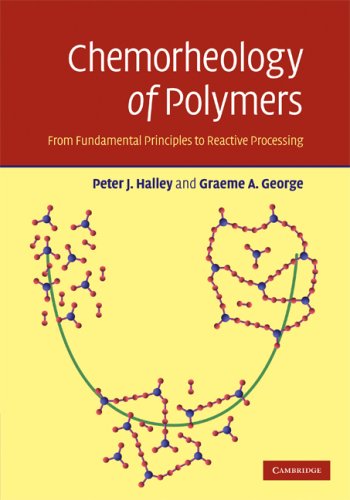
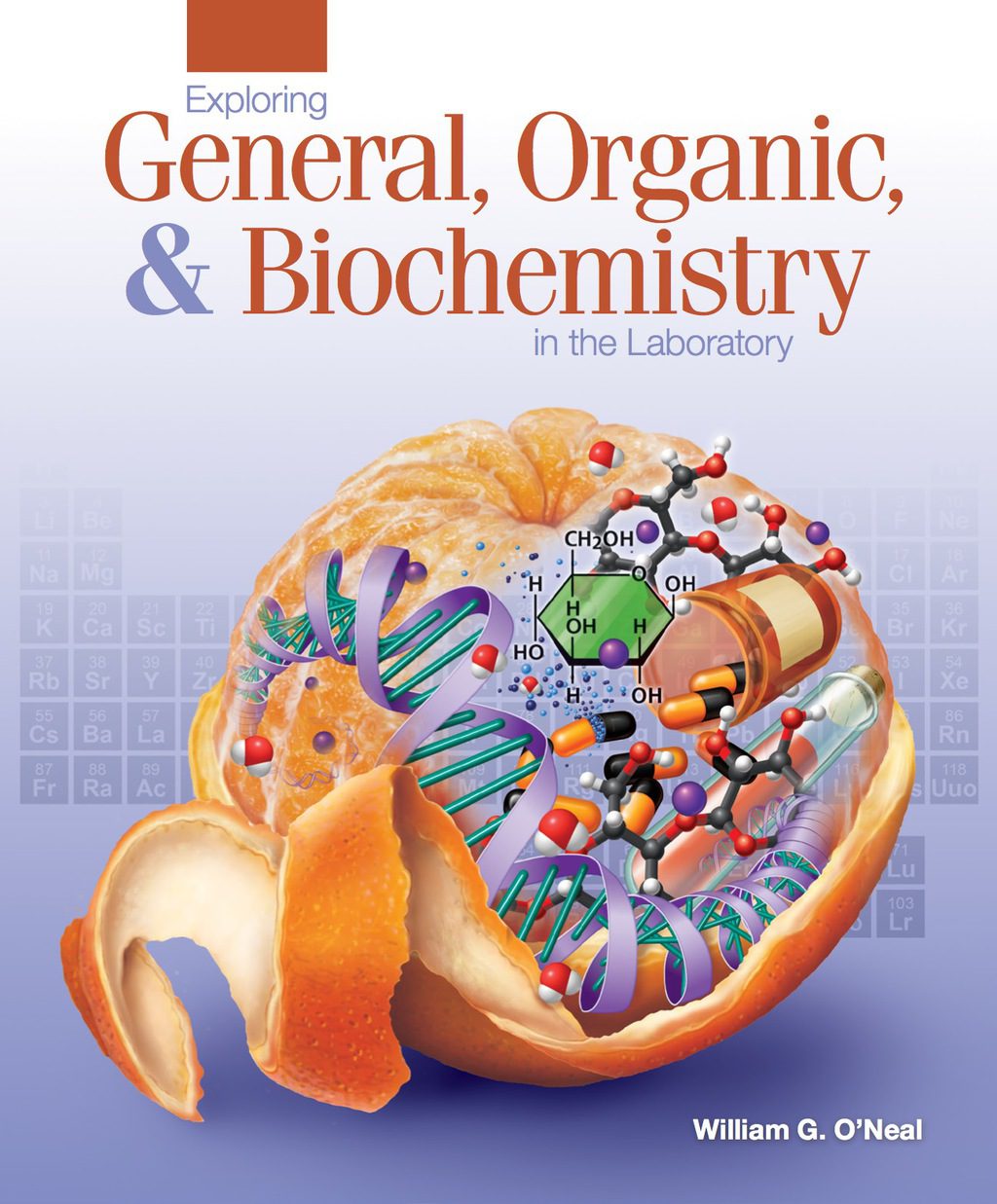
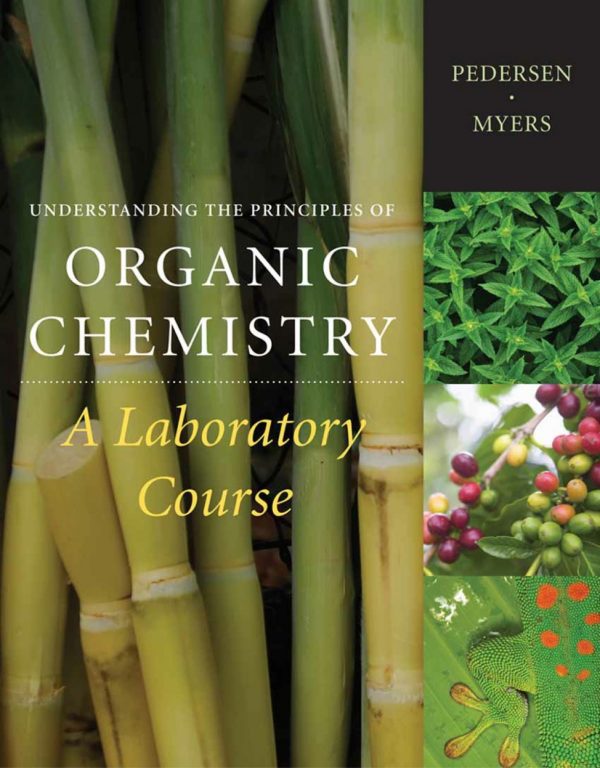
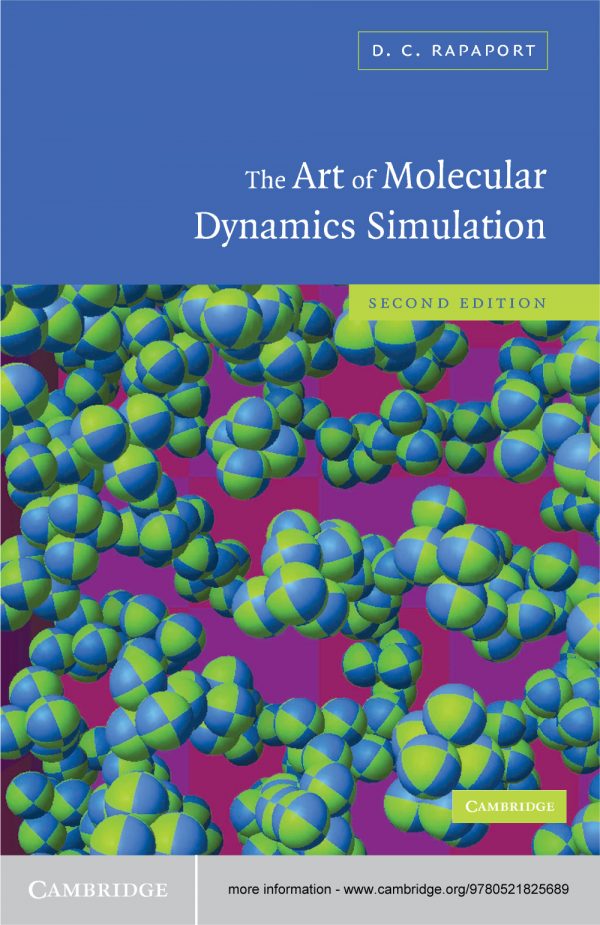
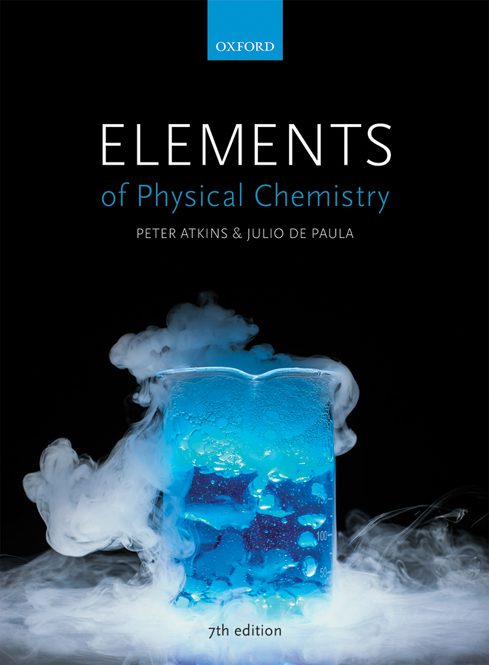
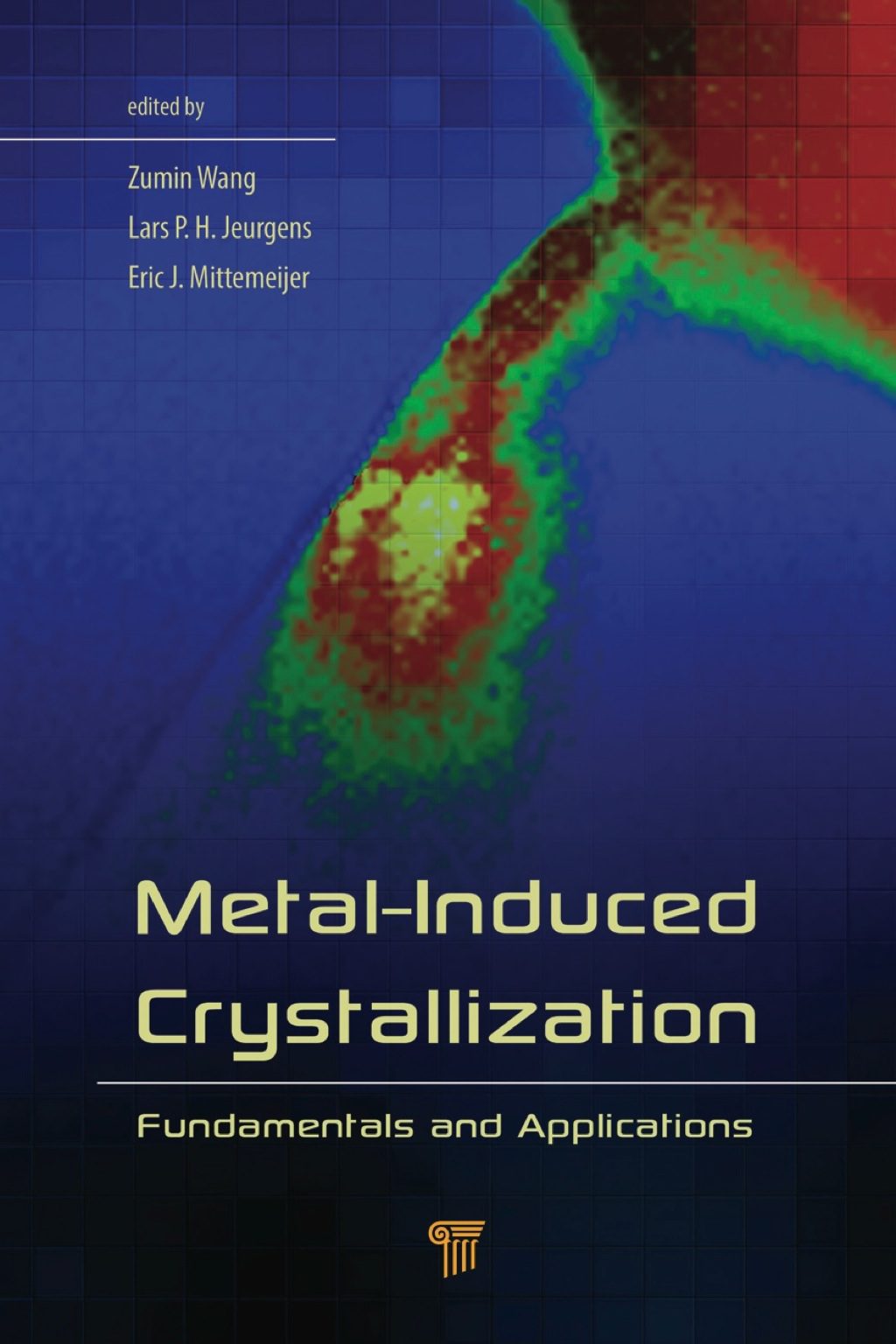
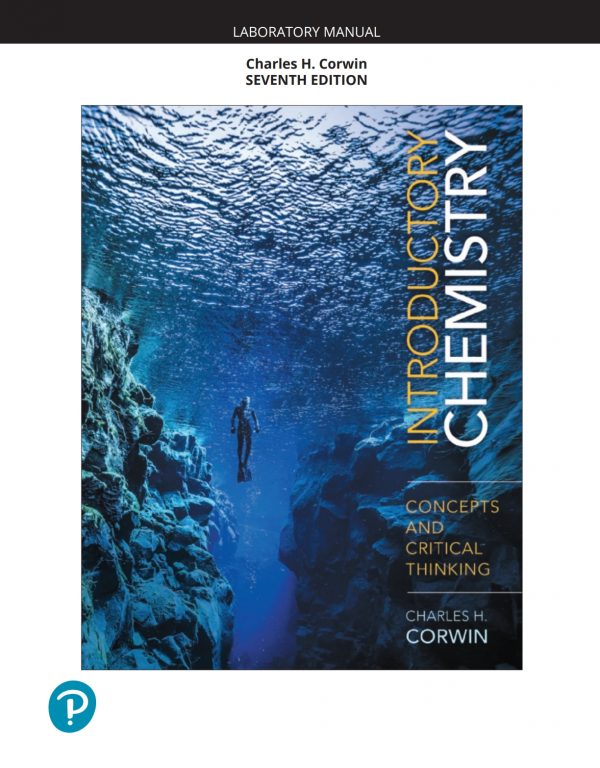
Reviews
There are no reviews yet.